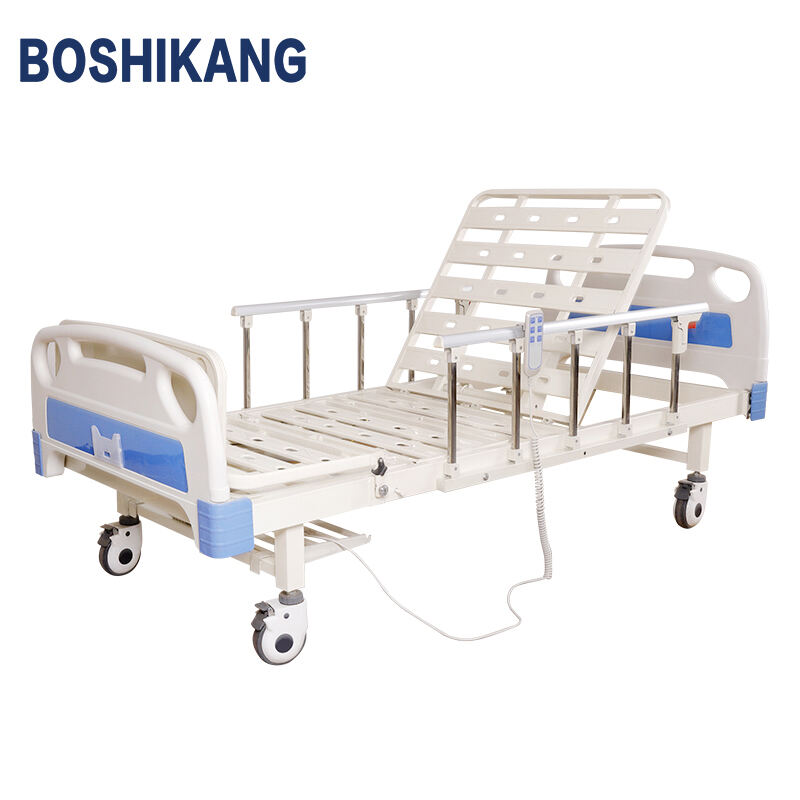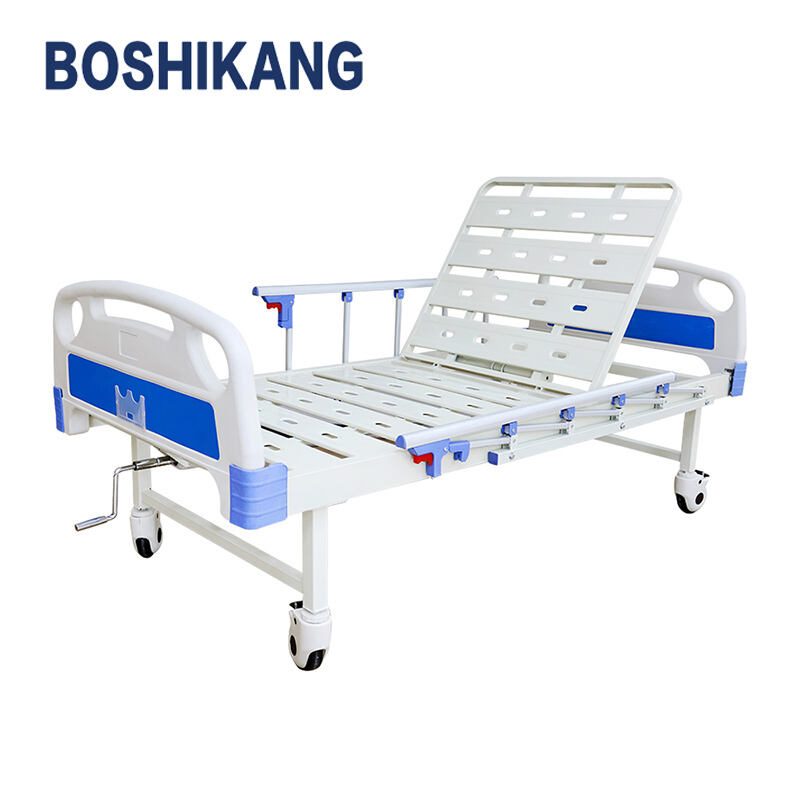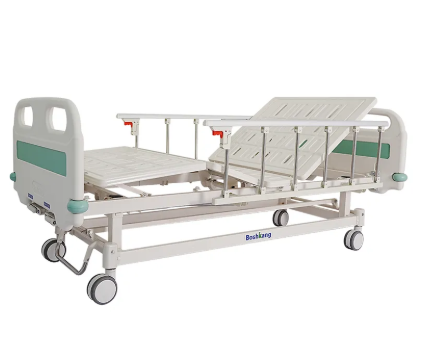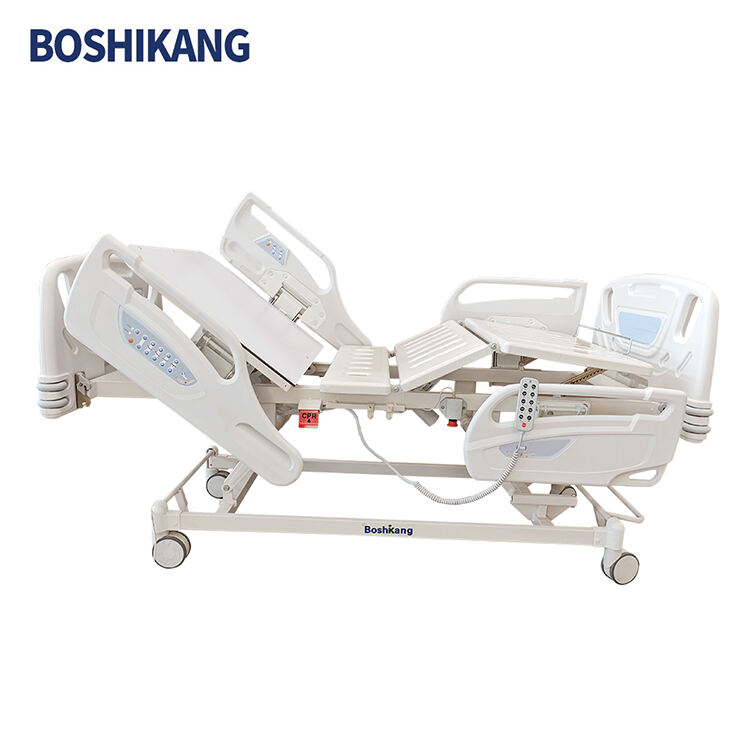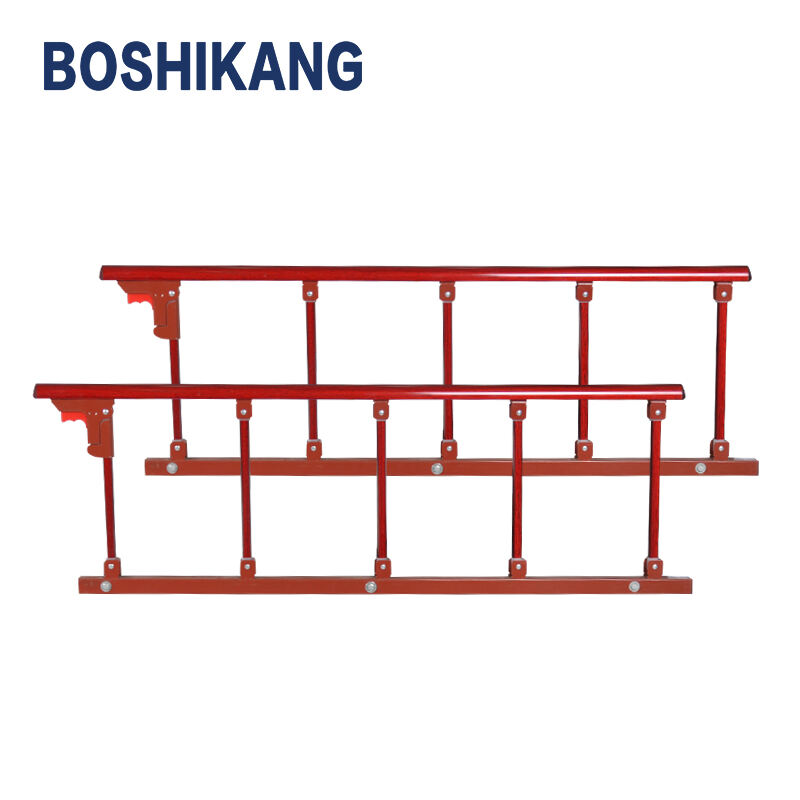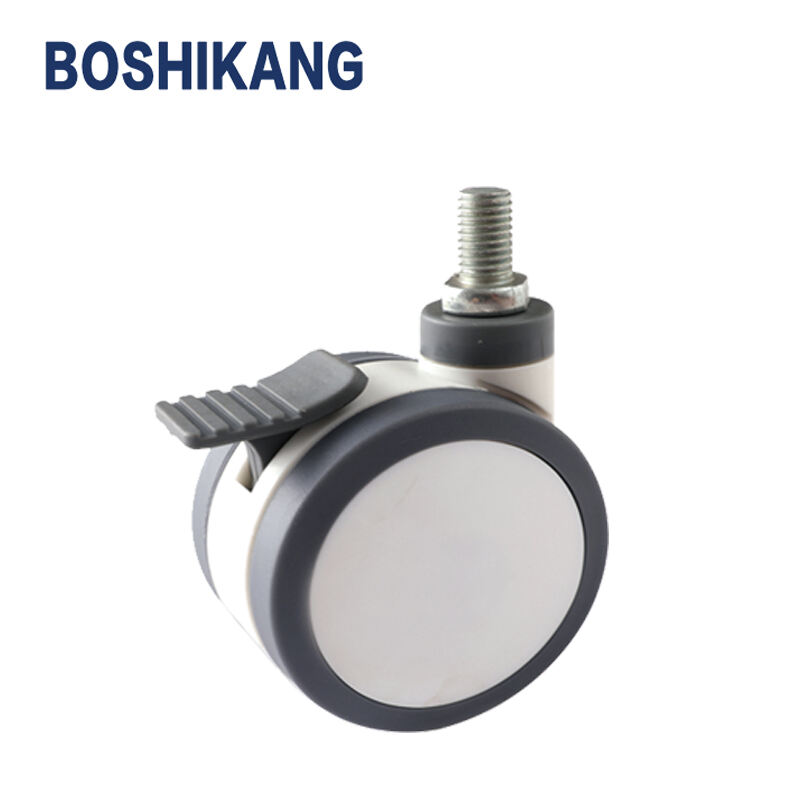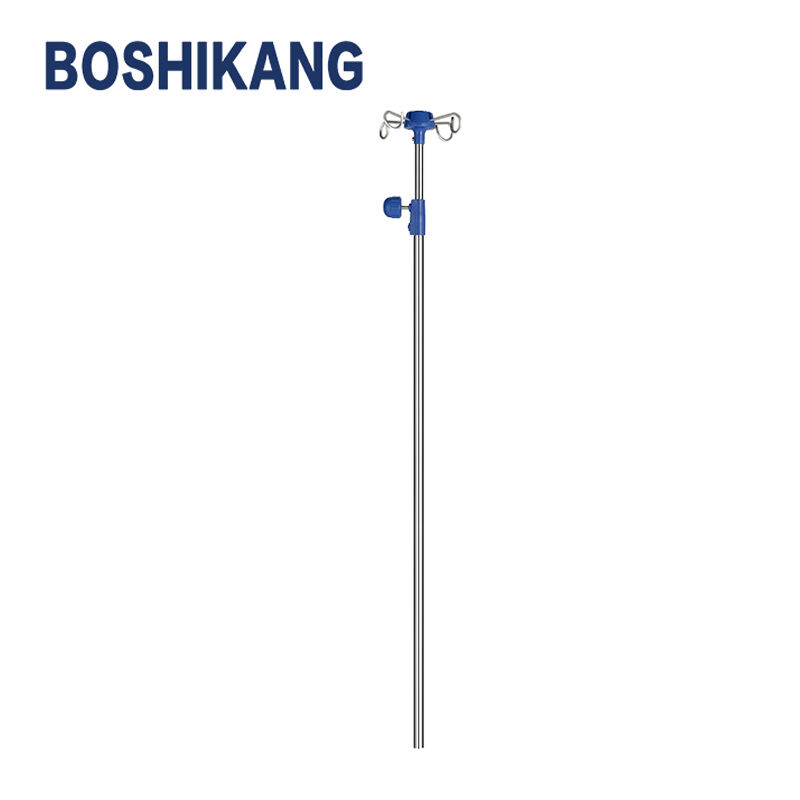hospital bed parts name
Hospital bed parts comprise essential components that work together to ensure patient comfort and medical staff efficiency. These crucial elements include the bed frame, mattress platform, side rails, head and foot boards, adjustment mechanisms, casters, and control systems. The bed frame serves as the structural foundation, constructed from durable materials like steel or aluminum to support patient weight and medical equipment. The mattress platform features articulating sections that allow for various positioning options, while side rails provide safety and prevent falls. Head and footboards not only complete the bed's structure but also serve as attachment points for medical equipment. Modern hospital beds incorporate advanced adjustment mechanisms, enabling smooth height adjustments, backrest positioning, and knee elevation through electric or hydraulic systems. High-quality casters ensure easy mobility while maintaining stability when locked. Control systems, including both patient and nurse controls, facilitate bed adjustments and may include features like built-in scales, bed exit alarms, and position memory settings. These components are designed with infection control in mind, featuring antimicrobial materials and smooth surfaces for easy cleaning and maintenance.

